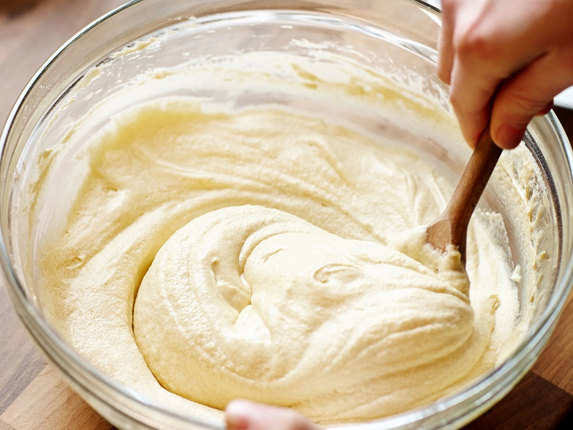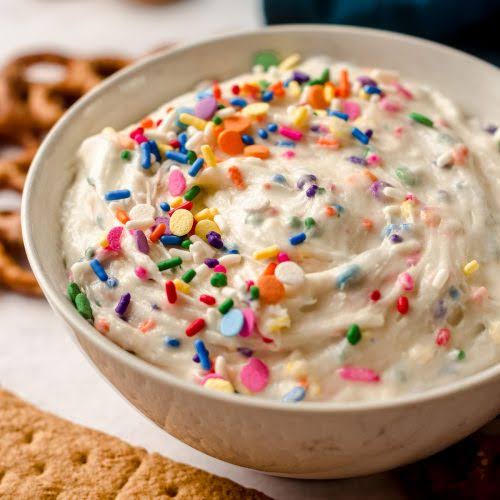Raw cookie dough seems to be an irresistible temptation for many people. Whether they pick a piece from the mixing bowl, lick the spoon used to scoop it, or even bite straight into a dough – they can’t help but ignore health authorities’ warnings to not eat it.

A salmonella outbreak linked to raw cookie dough has sickened at least 18 people in six states, according to the Centers for Disease Control and Prevention. Two people were hospitalized. Nine of them reported eating raw cookie dough.
The CDC regularly warns people to stop eating raw dough.
“When making cookies, brownies, cakes, or bread, you might be tempted to taste a bite before it’s fully baked,” the CDC says. “But you can get sick after eating or tasting raw (unbaked) dough or batter.”

Emily Nejad, owner of Bon Vivant Cakes, a cake- and cookie-decorating school in Chicago, understands the appeal.
“The appeal of eating raw cookie dough is all about the texture,” she said. “People love texture and variety, and cookie dough is the perfect mix of something that’s soft and kind of creamy and sort of chewy.”
Nejad said she prefers crunchy cookies out of the oven, but does sample a small amount of her raw cookie dough.
“If you’re a chef, if you’re preparing food for people, that’s just part of it,” she said.

For cookie dough fans, Nejad said there are ways to mitigate the risk of contracting food-borne illnesses, such as making cookie dough using heat-treated flour and no eggs.
Why raw cookie dough can be unsafe
The potential problem with raw cookie dough is its two primary ingredients.
Raw flour can be contaminated with Escherichia coli (E. coli) and salmonella, and unpasteurized eggs have been a carrier of salmonella, too.
Both bacteria are killed in the cooking process, but contaminated food that is not cooked or is undercooked has been known to make people sick, according to the CDC.
Lindsay Malone, a dietitian, said these two bacteria are in the top-five for causing food-borne illnesses in the United States.

Salmonella, specifically, can “infect the intestinal lining and cause infectious colitis, which, in turn, presents clinically in the form of diarrhea,” said Christine Lee, a gastroenterologist at the Cleveland Clinic.
Lee said the amount of food matters – those who consume a larger amount of contaminated food are at a greater risk of infection. But it is best to avoid eating raw cookie dough, she said.
Experts said those with compromised immune systems are at the highest risk for serious food-borne illness.
Symptoms of some food-borne illnesses
Symptoms from E. coli infection typically appear within several days and may include severe stomach pain, diarrhea and vomiting; symptoms of a salmonella infection are similar but may also include a fever, according to the CDC.
With both illnesses, patients usually recover in less than a week – though those people with a fever higher than 102 degrees with diarrhea, diarrhea that does not improve after three days, bloody stools or those showing signs of dehydration – should contact their health-care providers, the CDC said.
To avoid potential infection, the CDC recommends not eating raw cookie dough or cake batter.
Even if people don’t taste-test raw cookie dough, they should thoroughly wash their hands with warm, soapy water and clean all work surfaces, dishes and utensils when working with raw eggs and flour, the CDC advises.


